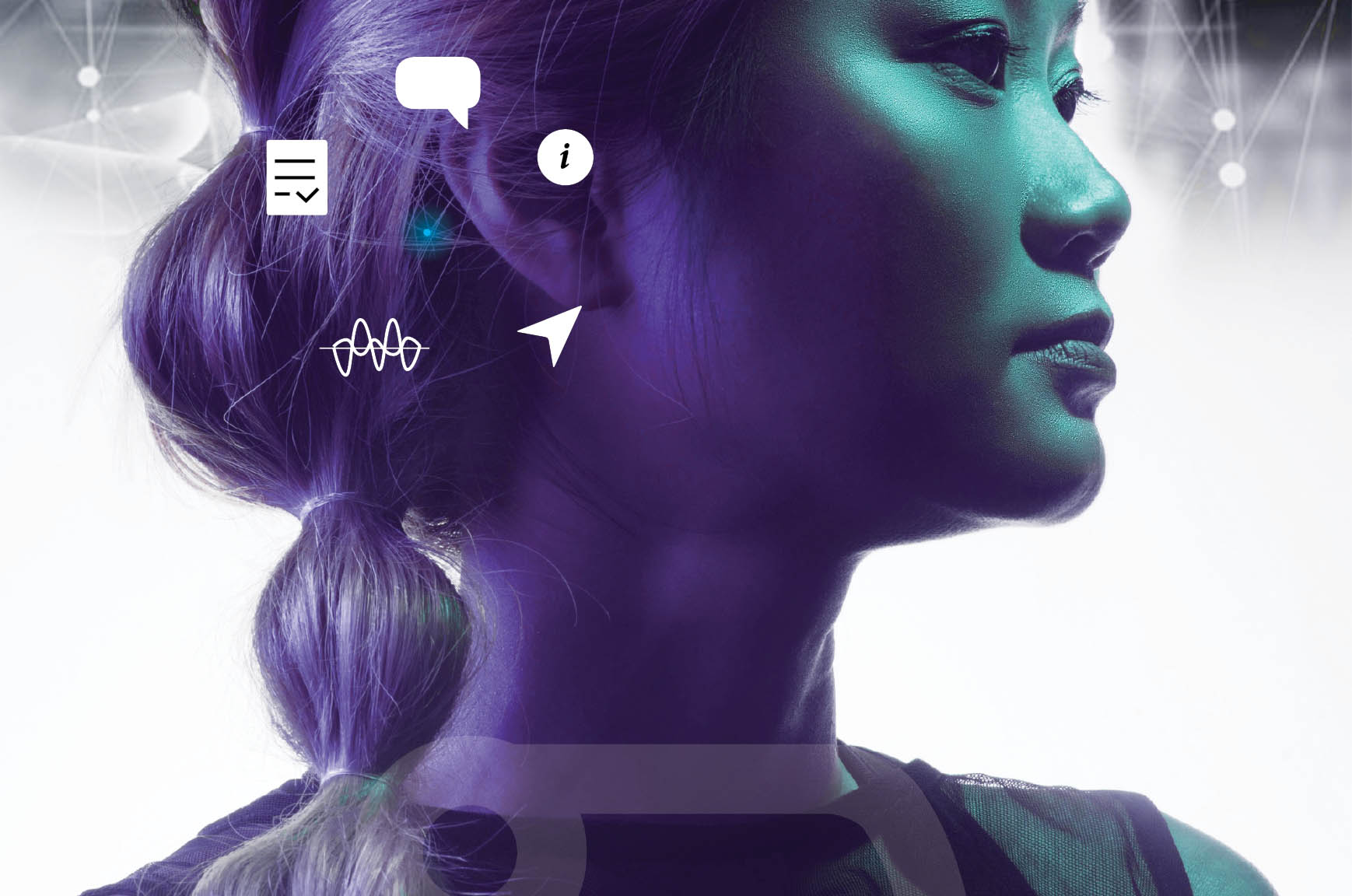Design Fiction
Quick Info
Team: individual project
Year: 2017
Place: Umeå University of Design
Course: Faceless Interaction
Brief
What if tattoing a simple circuit board into one’s skin can make the owner directly connected to the internet? cINK is a design fiction project set in 2037 exploring the idea of constant connstivity. The product itself is a small tattoo with nano particles, that replaces the need of a device, such as a smartphone. The benefits: acccess information at any time, communicate from wherever you are, even if your hands are occupied, make mental notes, literally, don’t miss a single important message because you were away. But what if there is no “off” button other than A.I. recognizing sleep and high focus phases that shouldn’t be interrupted?
This project is yet another voice in the conversation about where our online habits lead to and how far can we push our need to stay connected.
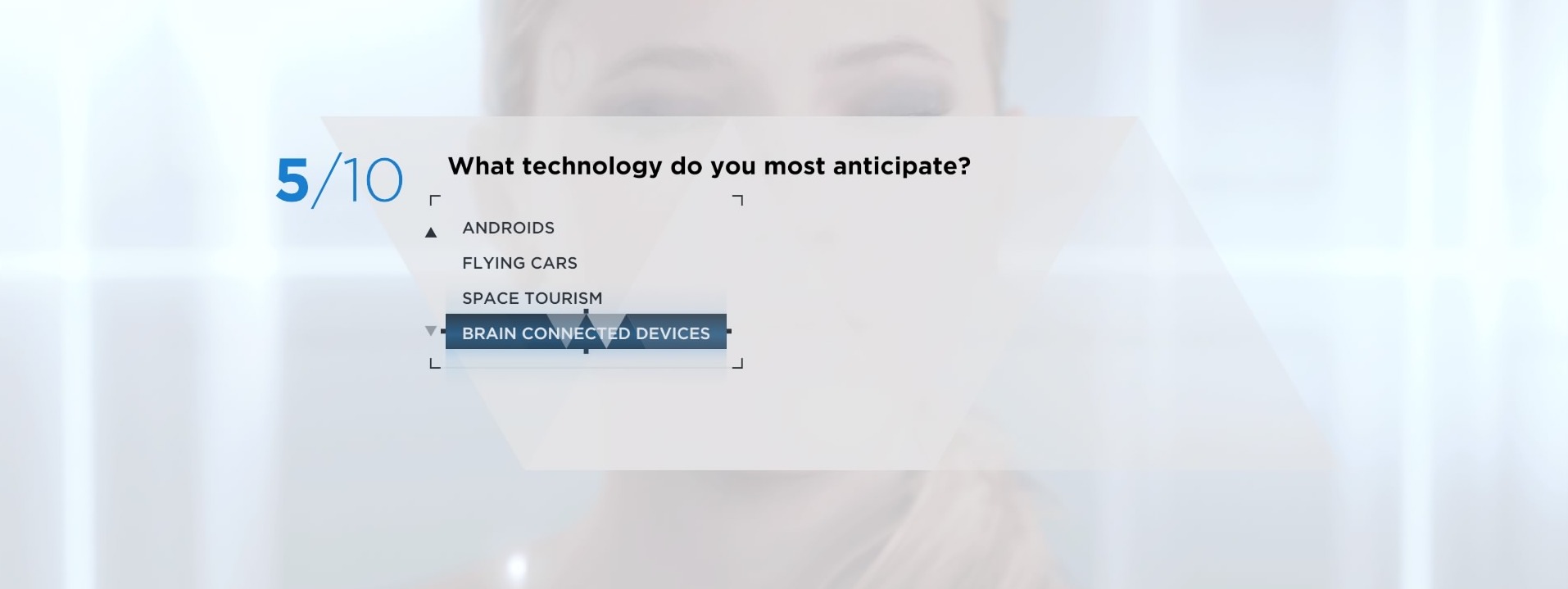
Screenshot from Detroit: Becoming Human

What will 2037 be like?
Each generation is more accustomed to the technologies they are surrounded with from birth than the generation before them. And with the technology getting smaller, smarter and more ubiquitous it’s only a matter of time before it becomes part of our bodies. Connected, Anytime, Anywhere presents a possible scenario featuring digital natives, born in the era of internet, smartphones, wearables, who might be willing to push the meaning of “online” further.
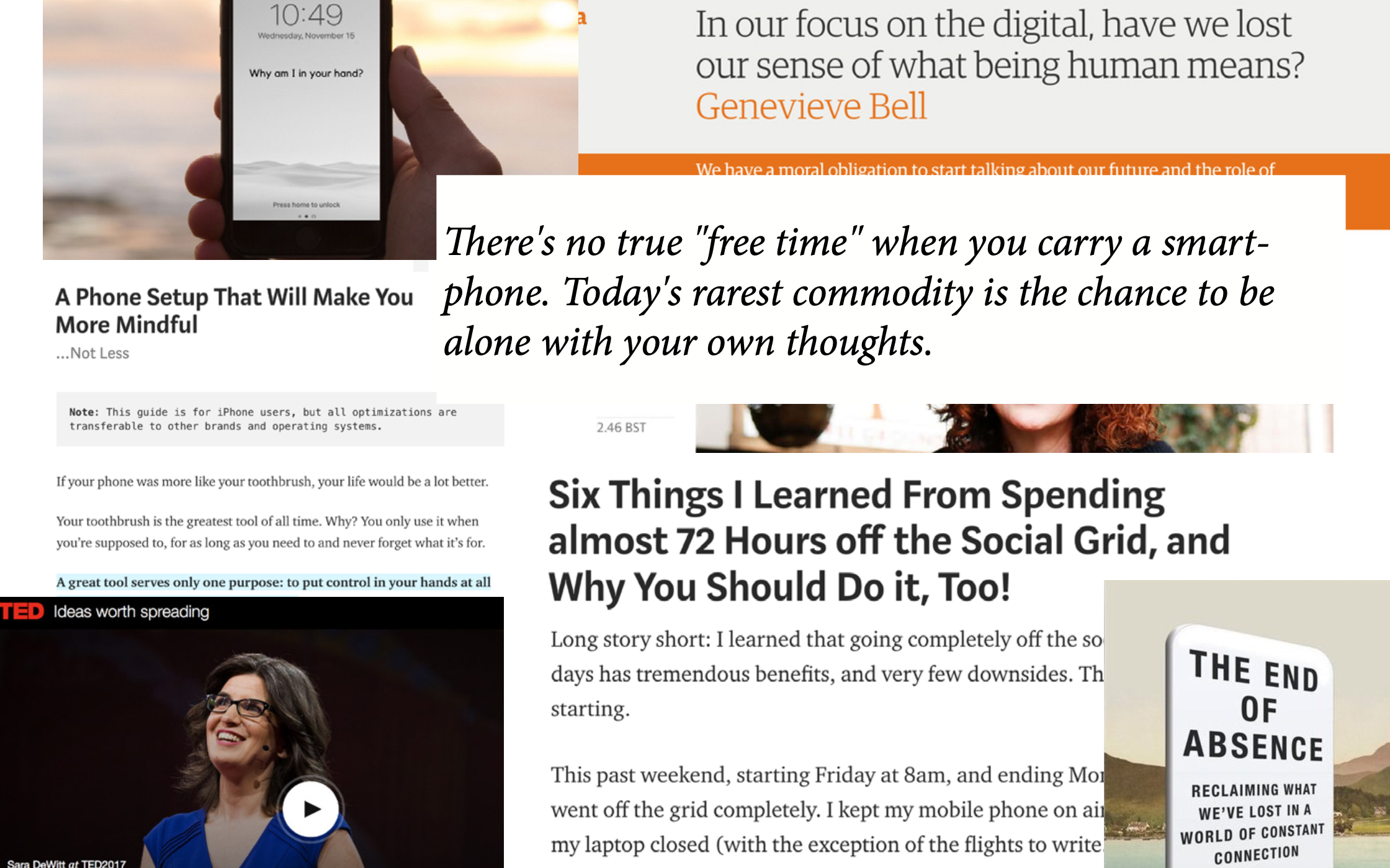
Fantasy or future?
We are already experiencing the constant connection as the smart phones and smart devices became the extensions of ourselves. We become increasingly dependent on technology making it hard to disconnect, and question whether e actually need it. And there's a resistance movement to that constant connection.
Will that still be the case for the next genration? Maybe the resistance is just the older generation struggling to find themselves in this new environment, like many times before in history?
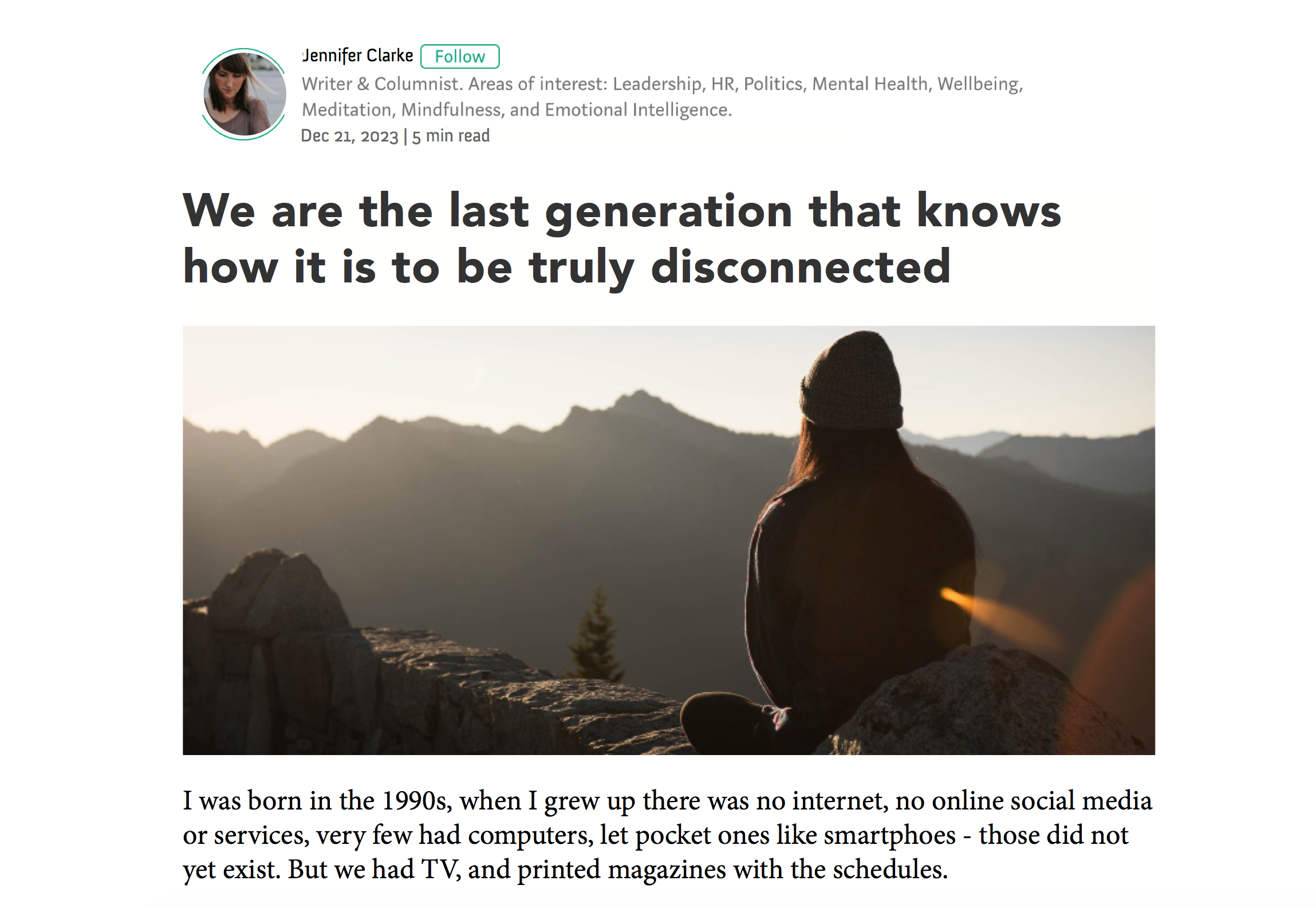
From the Future
Part of the project was creating future artifacts, such as articles that can potentially be written by the future generations. (That said, it's difficult to predict what future web design will look like). I have also writen a short stories and scenarios in first person point of view to create a broader narrative for the world and people living in it. Like with any technology or object - some users love it, some are neutral and some feel trapped in the neccessity of it.
I also wanted to highlight that era of transition, so this (fake) article was written in 2023. (6 years ahad of working on this project.)
Connected. Anytime. Anywhere.
Welcome to cINK - technology that allows you to connect to your devices seamlessly and control them with your thoughts. Ever needed to look something up, but your device wasn't around? No you just need to ask the question in your thoughts to get the immediate answer. Wouldn't that be conveninent?
You get used to the buzz eventually, where your thoughts meld with the network. You go about your life as normal, but now more convenient. No chip implants or surgeries. Now all you need to access this power is a small tattoo with nano ink. And for an extra fee you can make it a fashion statement too.
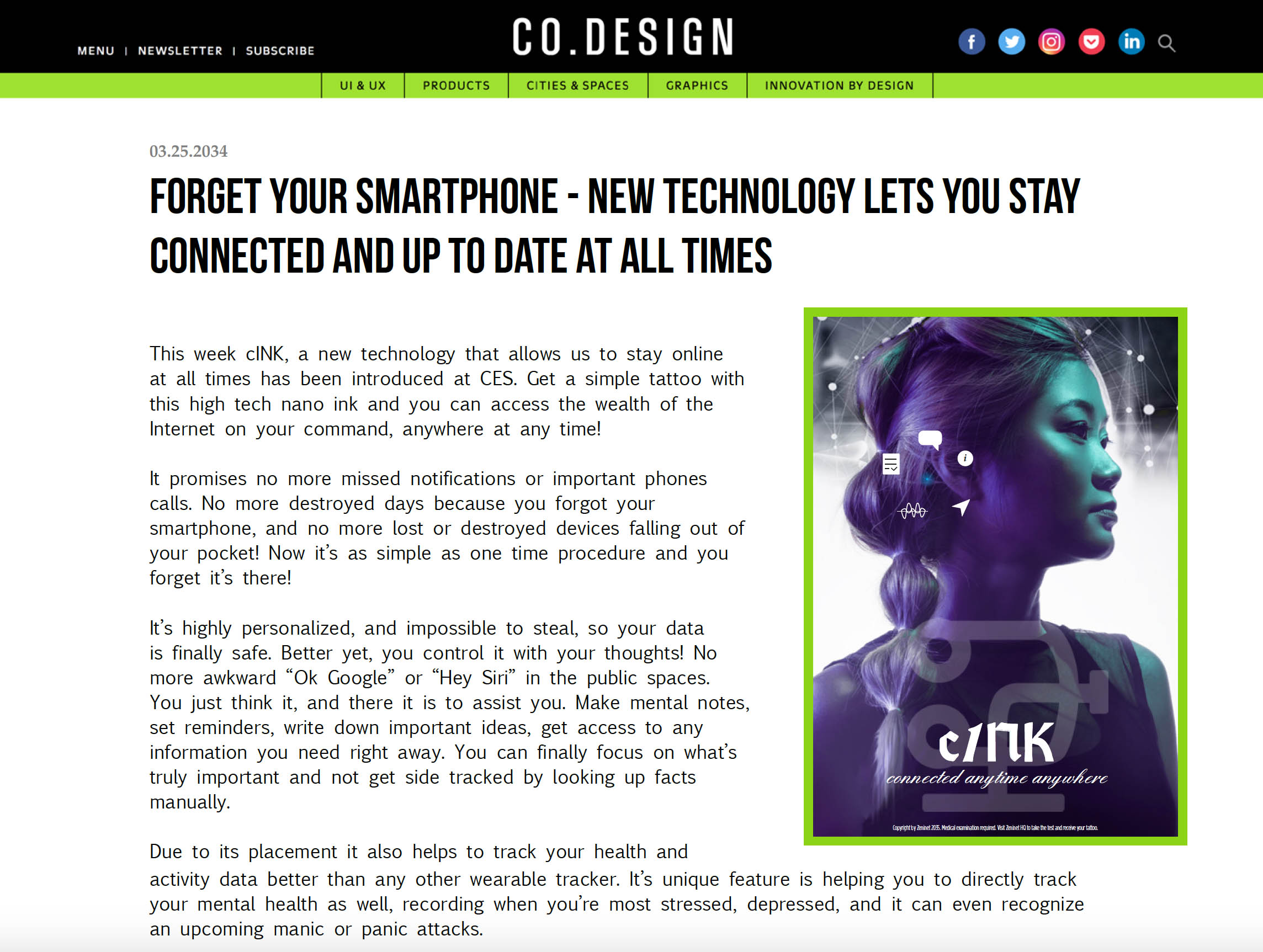
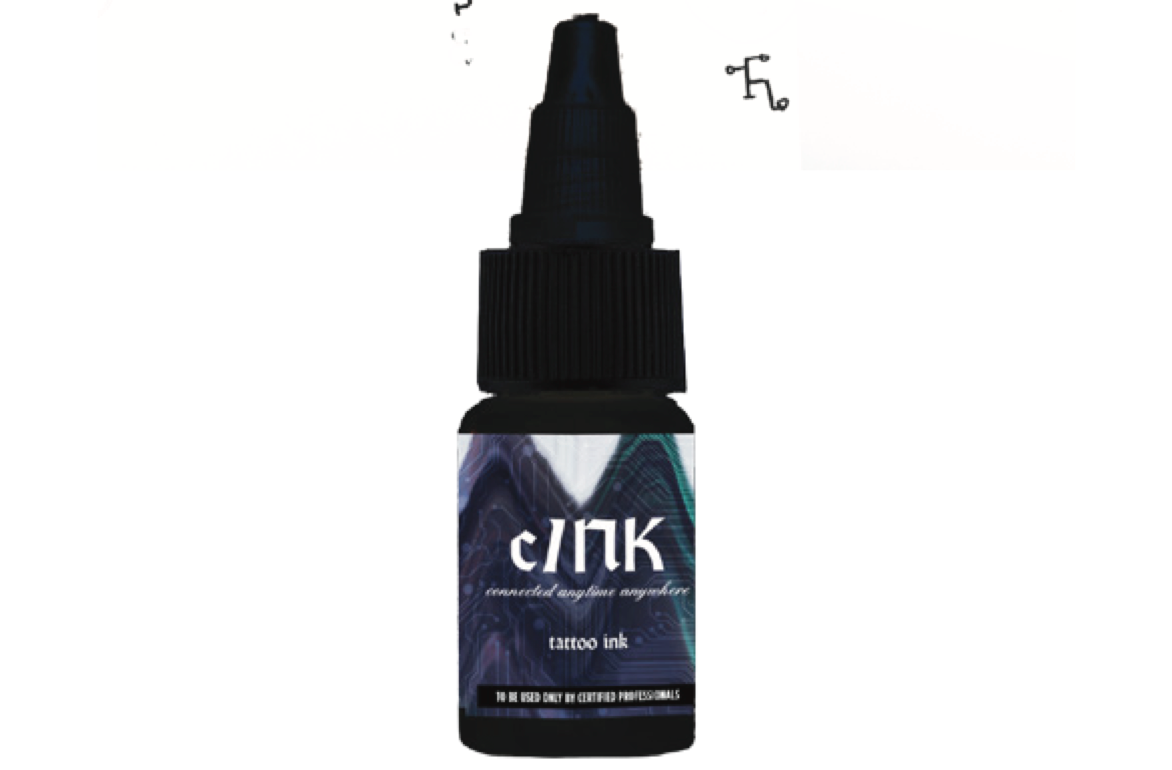
Why nano ink?
I thought it would be intersting to take a current trend and present it in a form of something mundane - it's no longer a fashion trend or a personality statment, now it has a very clear function. I also wanted to challenge the idea of implants as something perpetuated in science fiction by finding a way that's less offensive towards the body and more likely to be publically accepted - a tattoo sems to be just that. And on top of it all, there have already been attemps at producing nano ink that can help to measure blood content.

Designing the shape
I wanted the tattoo to be small and simple, rather than recreating an intricate circuite board. I looked over a lot of foreign alphabets for research
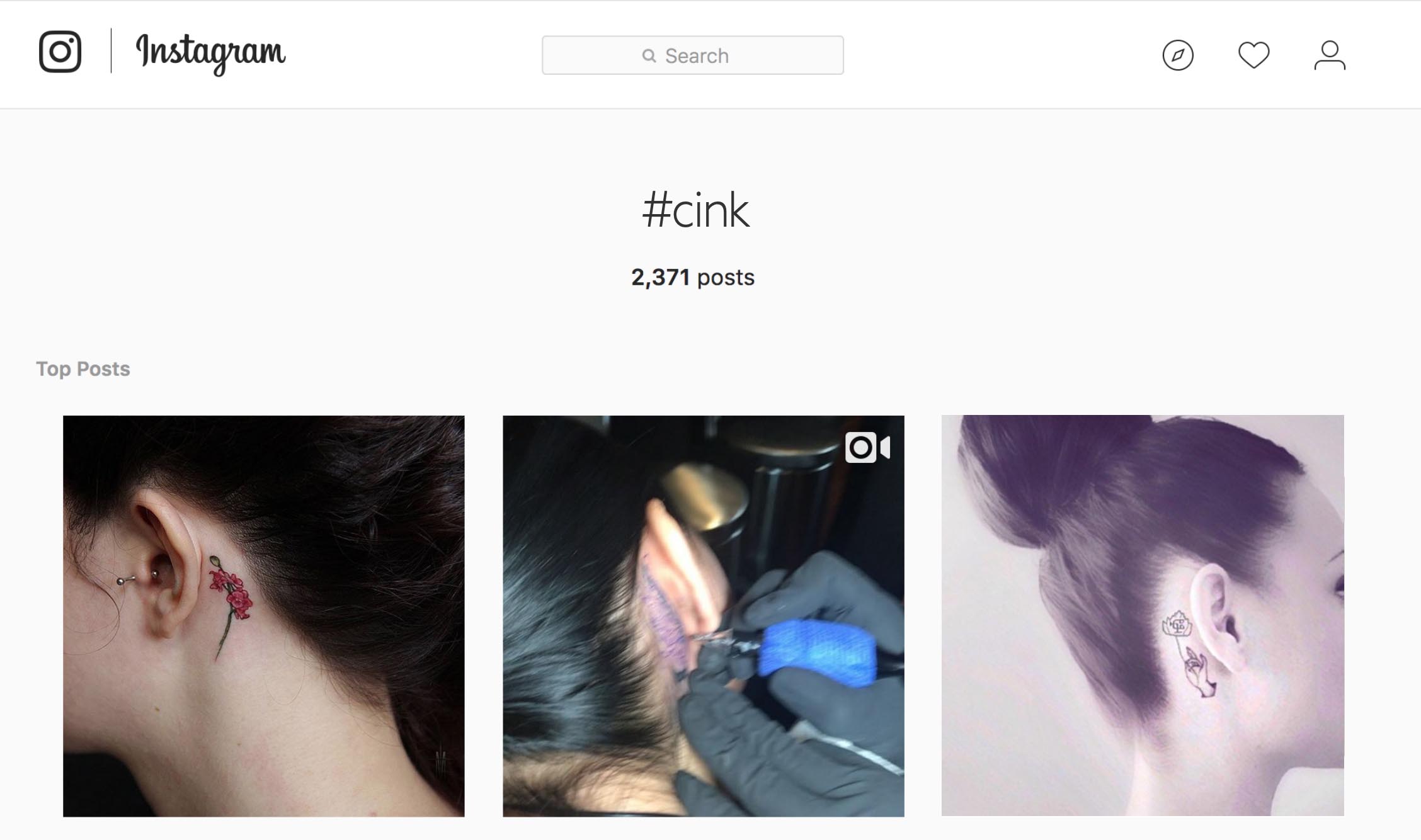
Aesthetics
While primarily focused on function cINK tattoos could become a trend featuring different shapes, patterns and sizes fitting the person's style.

The conversation
One of the roles of a designer is to question the status quo, and designing technology not only because it makes our life easier. The convenience doesn't come without the trade-offs. We keep sacrificing more and more of our privacy.
If the technology becomes part of us, how do we sign out? What if we don't want it anymore? What are the social repercussions of such decision? Unless... A larger event would trigger a mass-awakening...
Story: Disappear
October 20, 2037
Have you ever felt like you want to disappear? Have you ever thought that? Like everything is just too much, and you want to flick a switch, and poof, you’re not there anymore. Just instantly disappear and no one is aware of that. What if you could do that?
What a ridiculous idea. It’s impossible. Everything is connected. You can’t just erase your existence. You can’t get off the grid.
I heard that in the past people would go home to disconnect. My grandfather told me that.
Here we are, connected, at all times. There’s no off switch. The privacy settings are not enough, and blocking certain people only causes stir up and more social pressure. There’s no hiding. I’m tired of that. I want to disappear. Not hear the constant flow of data, not hear the crowd, no more information. I want to just hear silence.

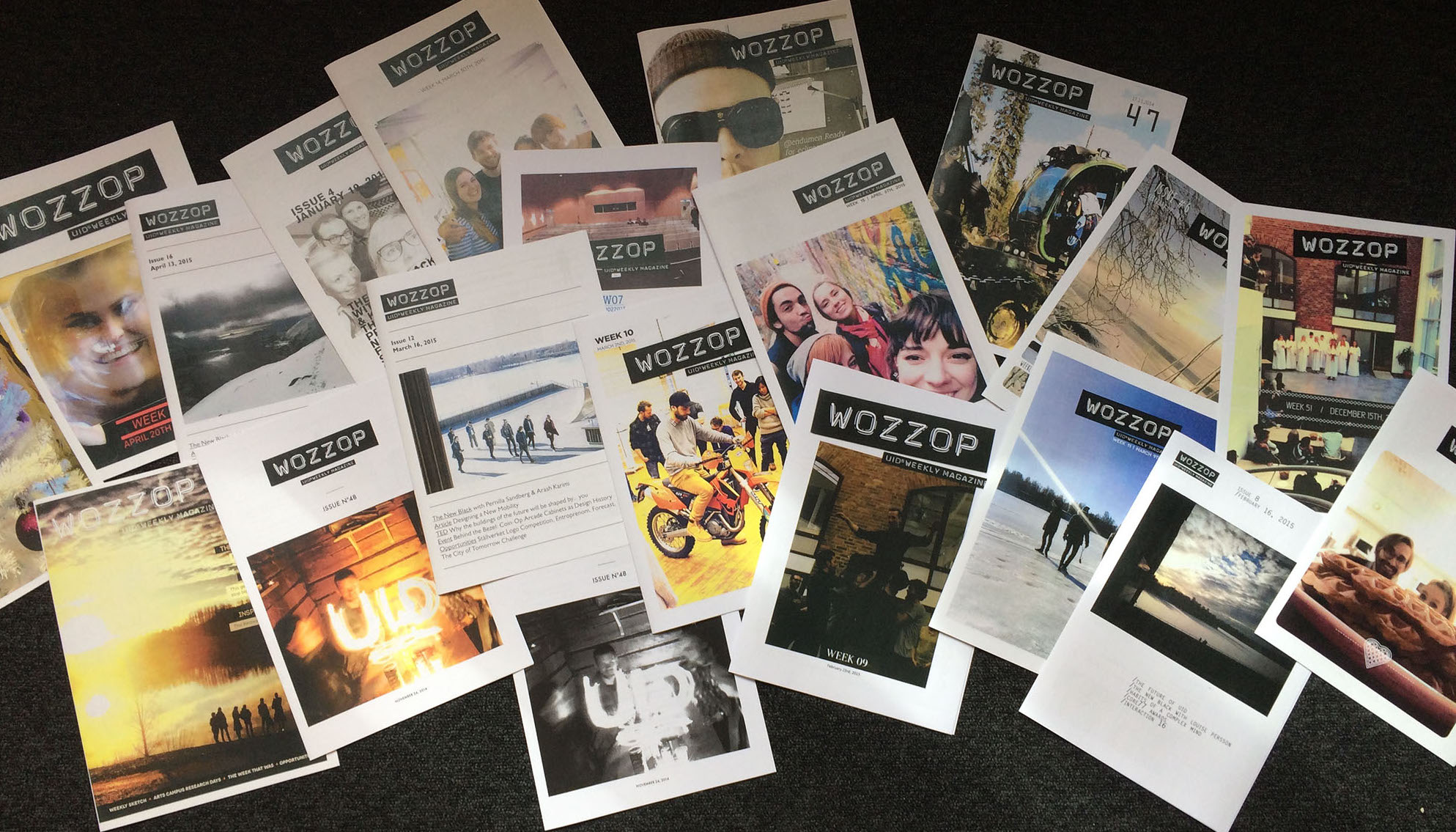
Next Project
While studying at Umeå Institute of design I helped to create the student magazine worthing as a graphic designer and an editor.
